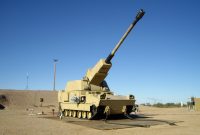In an era marked by evolving security challenges, the United States Central Command (CENTCOM) and the Saudi Arabian Armed Forces (SAAF) have joined forces in a remarkable demonstration of collaboration and commitment. From September 12-15, 2023, at the Shamal-2 Range in northeastern Saudi Arabia, these two military giants conducted a combined counter-unmanned aerial system (UAS) exercise known as “Red Sands Live Fire Exercise 23.2.” This exercise marked the second iteration of the Red Sands Integrated Experimentation Center (IEC) concept, an invaluable forum designed to test and deploy counter-UAS systems. In this comprehensive article, we will explore the details of this significant exercise, its objectives, participants, and the outcomes that underscore the unwavering commitment of the United States and Saudi Arabia in countering UAS threats.
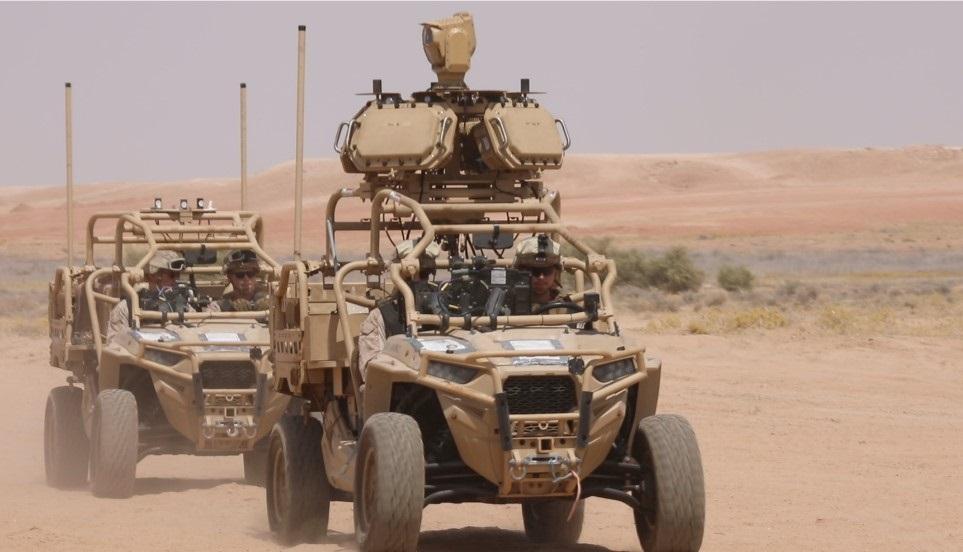
The Genesis of Red Sands Live Fire Exercise 23.2:
The emergence of unmanned aerial systems as a potential threat has necessitated the development and testing of counter-UAS solutions. The Red Sands Live Fire Exercise 23.2 serves as a pivotal event in this ongoing effort. CENTCOM and the SAAF came together to establish this platform for testing and evaluating counter-UAS systems. This exercise represented the opportunity to enhance the interoperability of these systems and to ensure the seamless collaboration between the two nations.
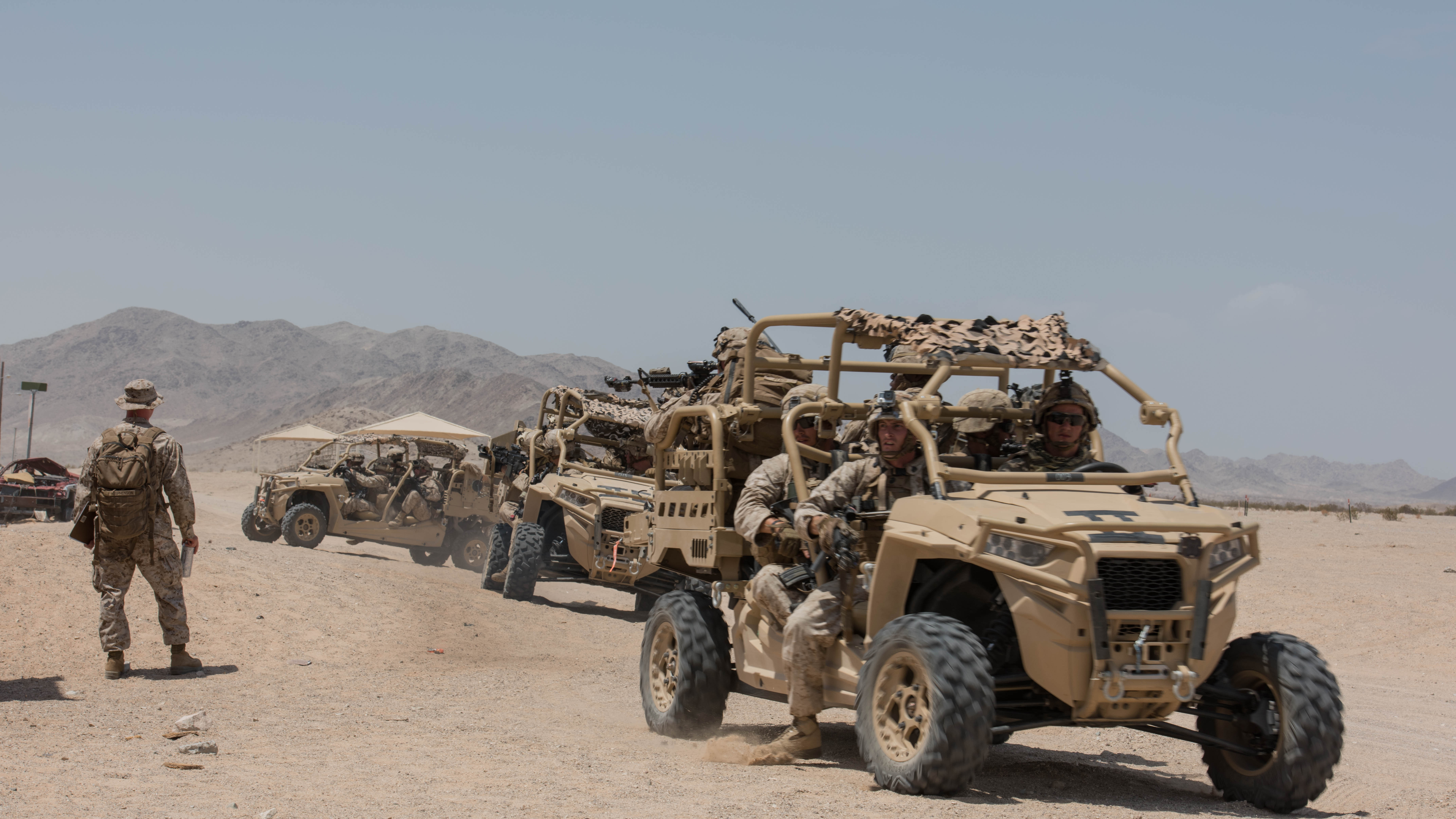
Key Objectives of the Exercise:
The central objectives of Red Sands Live Fire Exercise 23.2 were as follows:
-
Collaborative Efficacy: The exercise sought to evaluate the ability of the United States and Saudi Arabian forces to work in unison to neutralize UAS threats. It emphasized the importance of international cooperation in addressing contemporary security challenges.
-
Comprehensive Testing: Participants aimed to conduct a series of live-fire exercises to test a wide range of counter-UAS systems against various types of UAS threats. These threats encompassed small drones, large drones, and even drone swarms, reflecting the diversity of challenges faced in the field.
-
Operational Enhancement: Through these exercises, both nations intended to strengthen the operational capabilities of their counter-UAS systems, ensuring their readiness to confront UAS threats effectively.
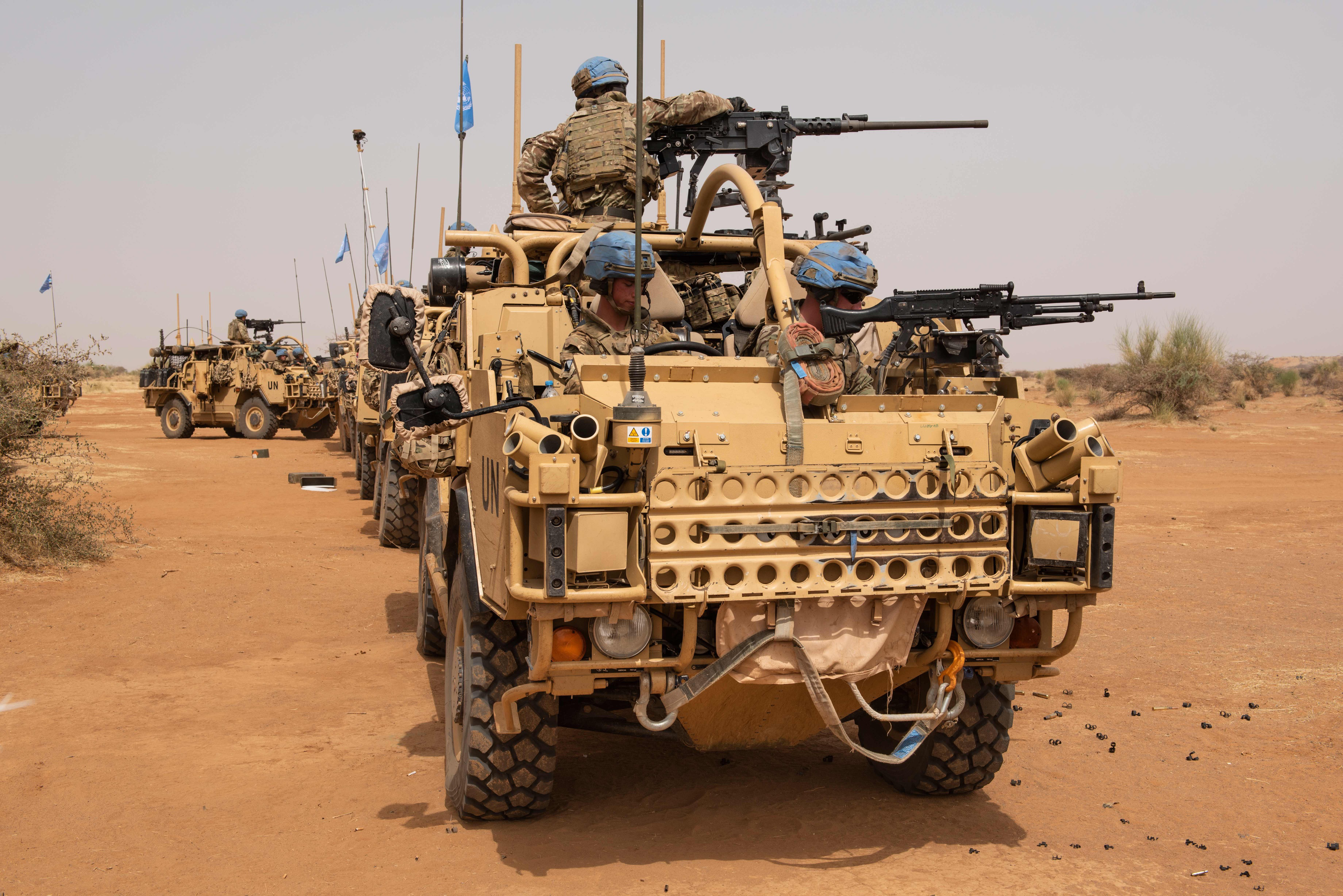
Participants and Collaborative Efforts:
The Red Sands Live Fire Exercise 23.2 involved approximately 300 participants from the United States and Saudi Arabia, representing diverse military branches, including soldiers, airmen, sailors, and engineers. This multi-faceted team united to tackle the complex issue of countering UAS threats.
The participants brought with them a wide array of counter-UAS systems, including advanced radar technologies, electronic warfare systems, and kinetic weapons. These systems formed the backbone of the exercise, providing a broad spectrum of defensive capabilities against UAS threats.
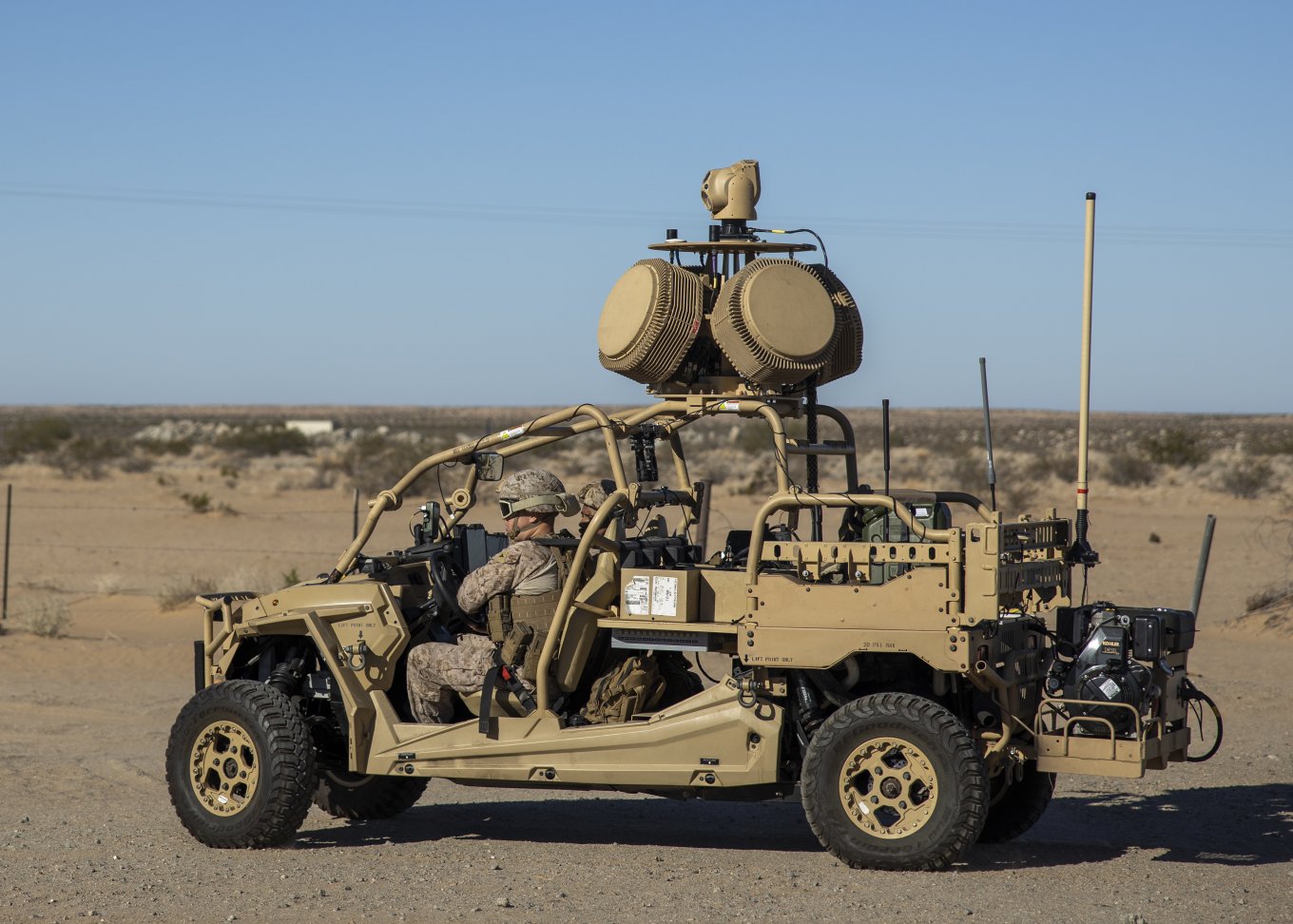
The Exercise’s Success and Outcomes:
The Red Sands Live Fire Exercise 23.2 achieved its intended goals and demonstrated the commitment of both nations to countering UAS threats. Some of the noteworthy outcomes include:
-
Effective Defeat of UAS Threats: Participants successfully thwarted a range of UAS threats, comprising small drones, large drones, and drone swarms. This accomplishment underscores the proficiency and readiness of the counter-UAS systems deployed.
-
Enhanced Interoperability: The exercise contributed to the improvement of the interoperability between US and Saudi counter-UAS systems. This is a critical aspect of modern military operations, as international collaboration is essential in addressing emerging security challenges.
-
Operational Readiness: By rigorously testing their counter-UAS systems, both nations have heightened the operational readiness of their forces. This exercise has equipped them to defend against a multitude of UAS threats effectively.
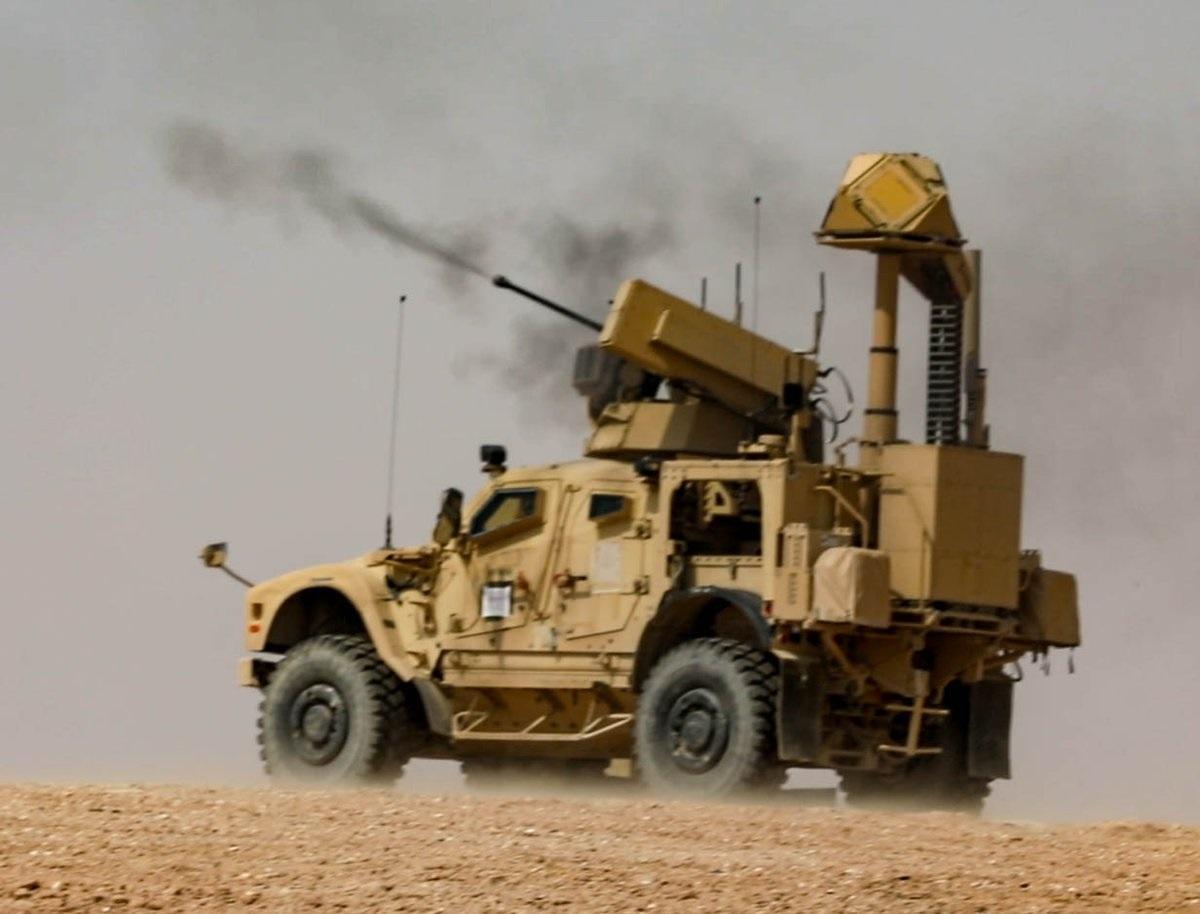
Conclusion:
The Red Sands Live Fire Exercise 23.2 stands as a testament to the unwavering dedication of the United States and Saudi Arabia in addressing contemporary security challenges. As UAS threats continue to evolve, this exercise has showcased the commitment of both nations to fortifying their defenses. It has not only enhanced their operational capabilities but also underscored the significance of international collaboration in confronting emerging security issues.
The successful outcome of Red Sands Live Fire Exercise 23.2 serves as a model for future exercises and international partnerships, highlighting the importance of working together to safeguard against evolving threats. In a world where security challenges constantly shift, the dedication of these two nations to countering UAS threats is a testament to their shared commitment to global stability and security.



